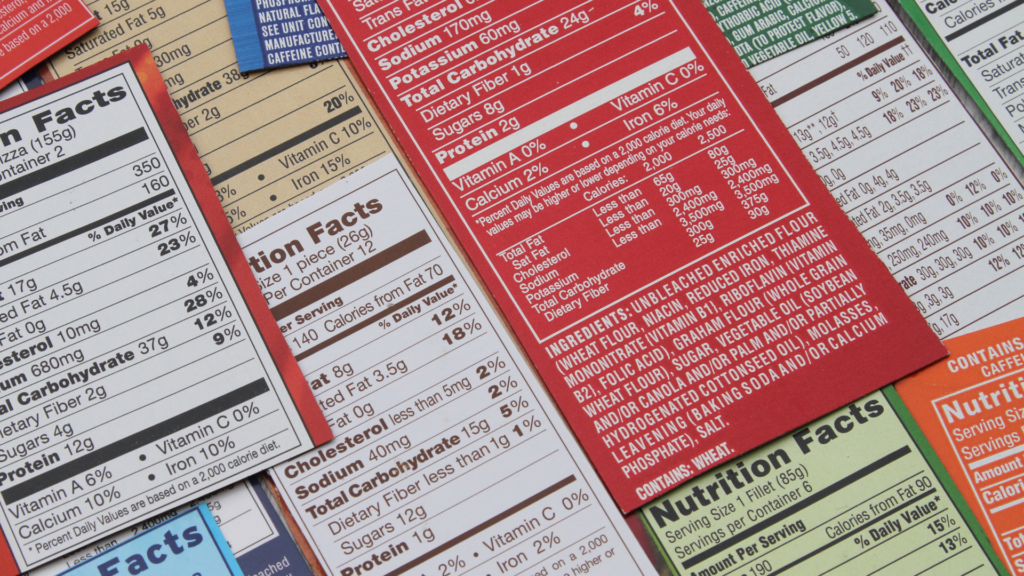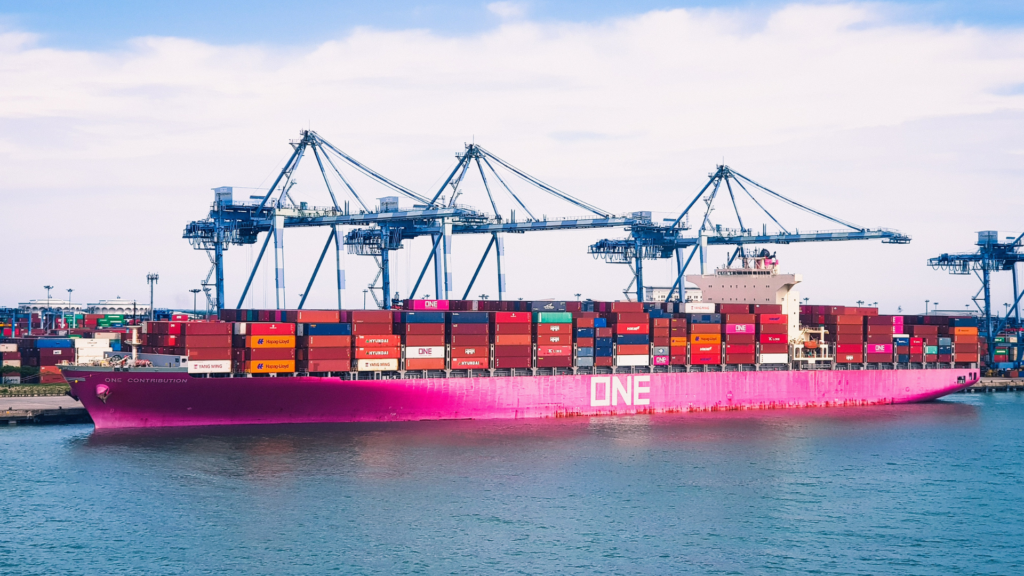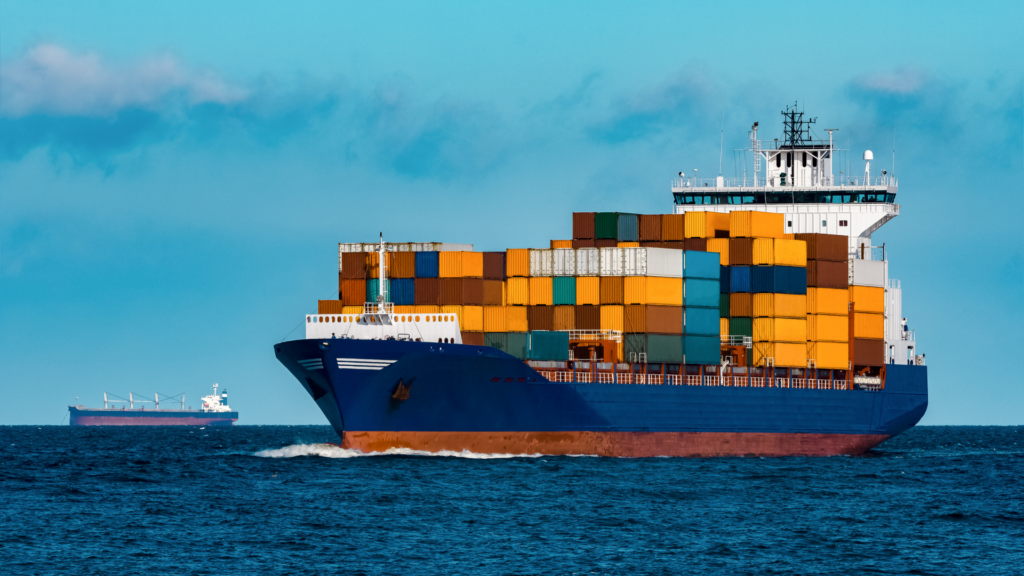FDA Small Entity Compliance Guide, Food Allergen Guide, ONE Settlement and Blank Sailings.
Your weekly All-Ways round-up of supply chain news.
FSMA Small Entity Assistance
On May 18, the Small Entity Compliance Guide was published by the FDA for the Food Safety Modernization Act (FSMA) Food Traceability Rule. To be able to better assist small entities like farms and small businesses, the comprehensive guide details the requirements of the Food Traceability regulation and its recordkeeping requirements.
In November 2022, the FMSA Food Traceability Rule was issued and will come into effect on January 20, 2026.
For more information about the Food Traceability Rule, visit FSMA Final Rule on Requirements for Additional Traceability Records for Certain Foods.
For questions about the Food Traceability Rule, contact: FSMA Technical Assistance Network (TAN)
FDA Draft Compliance Policy Guide
A new draft Compliance Policy Guide has been released by the FDA based on the current regulatory framework and the latest science. Once finalized, the draft CPG for the FDA staff on the enforcement policy regarding major food allergen labeling and cross-contact will replace the existing CPG 555.250.
Some of the updates include -
➡️ The labeling requirements for major food allergens, the proper use of the ingredient list, and the “Contains” statement for major food allergen declarations
➡️ The conditions to prevent or avoid allergen cross-contact
➡️ Any additional allergen labeling violations
➡️ Examining for potential product adulteration because of allergen cross-contact and potential labeling violations
Some manufacturers are intentionally adding sesame to products that didn’t previously contain the allergen and are labeling the products accordingly. This practice makes it more difficult for consumers allergic to sesame to find safe foods for them to consume. The FDA is discussing this issue with various stakeholders.
To ensure that comments are received before work begins on the final version of the guidance, submit electronic or written comments within 60 days of publication in the Federal Register. Submit electronic comments to http://www.regulations.gov. All comments should be identified with the docket number FDA-2023-D-1103. Submit written comments to the Dockets Management Staff (HFA-305), Food and Drug Administration, 5630 Fishers Lane, rm. 1061, Rockville, MD 20852.
For More Information:
- Federal Register notice
- Compliance Policy Guide Sec. 555.250 DRAFT: Major Food Allergen Labeling and Cross-contact
- Food Allergies
ONE to Pay $1.7 Million
In order to avoid a formal penalty by the FMC for allegedly violating detention and demurrage rules, Ocean Network Express (ONE) will pay a $1.7 million civil penalty. The carrier will refund or waive the fees to the involved shippers.
The FMC stated that ONE did not admit to violations of the law on any account as part of the settlement but would commit to complying with the OSRA-22 and the FMC’s interpretive rule on detention and demurrage.
FMC Chairman Daniel Maffei said that the deal with ONE “send[s] a clear message to the international shipping community that ocean carriers must fully comply with the US legal obligations.”
Over the past year, the FMC has collected $4.65 million in civil penalties from shipping lines.
In April, Wan Hai refunded affected shippers and reimbursed detention charges of 21 invoices collected for empty container returns in the spring of 2021 and paid $950,000 in civil penalties.
In June 2022, Hapag-Lloyd paid $2 million for detention charges when there were no available appointments at terminals to return 11 containers.
In addition to these three penalty charges, the FMC has helped waive or refund more than $1 million in the last 11 months to shippers from disputed fees.
Blank Sailings Pattern
In an attempt to boost spot rates in the month of April, ocean carriers implemented a series of ad hoc cuts to trans-Pacific vessel services. In May, however, liners are turning their weekly services into biweekly services. As a result, rates have stabilized and service has become more reliable. Additionally, this new system is enabling liners to at least break near even.
Data collected from Monroe Consulting and ocean carrier schedules for calendar weeks 18 through 22 in May shows that liners have blanked 32 weekly trans-Pacific sailings amounting to 285,655 TEUs in vessel space. To compare, during calendar weeks 13 through 17 in April, 46 sailings were canceled for a total of 416,350 TEUs.
Liners also put through general rate increases (GRIs) for trans-Pacific services in April along with capacity cuts causing shippers to book more space. This pushed Asian imports to the highest level since October 2022.
“Earlier in the year, more ad hoc sailings were blanked and there was less structure to blank sailing programs,” vice president at MCL Multi Container Line, James Caradonna, said. At this point in time, “we count around a dozen services that are now effectively fortnightly due to blank sailings.”
Stability in Sight
On the West Coast, THE Alliance’s PS4 service and 2M’s TP2/Jaguar service and others are following a fortnightly pattern. Cosco’s AWE7 service on the East Coast is fortnightly through week 21, however, THE Alliance’s EC4 service has been fortnightly from April through May.
Demand on the Gulf Coast is holding up better than on other coasts with fewer service cuts. On the Gulf of Mexico Express (GME) service, Cosco only blanked two sailings, CMA CGM’s PEX3 service blanked one sailing and THE Alliance blanked two sailings on the EC6.
“The ocean carriers have more or less stabilized capacity in the past two months,” Caradonna said. “The carriers have done a good job in right-sizing capacity and seem content to keep spot rates within a certain range.”
Lars Jensen of Vespucci Maritime said that spot rates have been in “stagnation” since the April GRIs went through.
For Shanghai to Los Angeles, Drewry’s World Container Index hasn’t changed over the past month at $1,823 per FEU for May 18. In comparison, just after the April GRIs went into effect it was at $1,856/FEU. For Shanghai to New York, the rate was at $2,825/FEU for May 18 from the $2,849/FEU level prior to April GRIs.
Mixed Messages
Monroe claims that the new GRIs the carriers are trying to push for the start of May and June are “meaningless. Across all sectors of trans-Pacific shippers, import demand has declined by at least 30%.
“I don’t know what the carriers are thinking,” Monroe said. “There’s not a problem getting any space right now. Maybe they are trapping people into believing spot rates will firm up.”
Carriers have large cash reserves which will enable them to keep withholding some ships from the market. However, supply will continue to outpace demand because of the many new vessels being injected into the market through 2024. An estimated half of capacity on the trans-Pacific will need to be blanked to keep rates from falling further, according to Monroe.
“There is capacity coming on the trade that is unprecedented,” he said.
On the other hand, as shippers bring in holiday merchandise for the end of the year, Caradonna expects more incremental volume in the trans-Pacific to arrive by late June and early July.
According to Alan Murphy of Sea-Intelligence Maritime Analysis, however, the US is still in the process of clearing its inventories with levels staying stagnant.
“Consequently, the upcoming peak season of 2023 might turn out not to be present,” Murphy said.
Spot ocean freight is remaining weak causing shippers to return to their carriers to bargain. One anonymous logistics director for a Canadian food distributor admitted that he’s been able to bring down the rates every two to three weeks since the start of 2023 as ocean carriers want to keep his business.
“We move cargo under long-term contracts, but we are basically in the spot market now,” he said. “Carriers are fighting for market share.”





